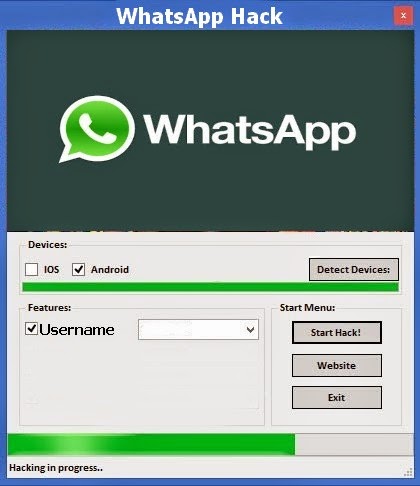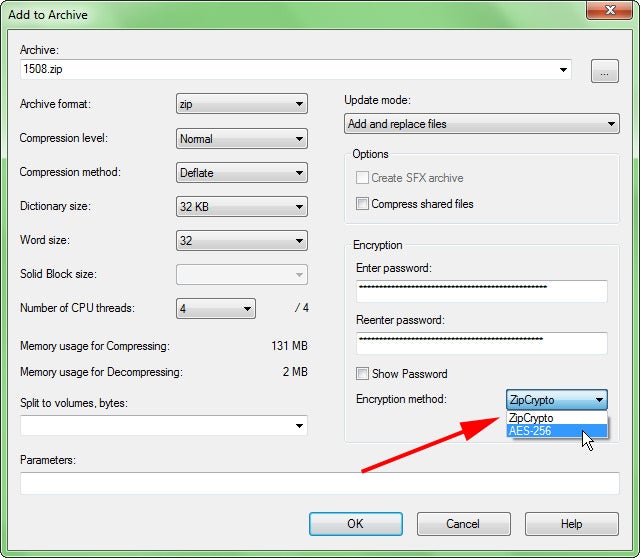Would you like to prevent unauthorized people from accessing sensitive data that you store on data servers and shared computers, or send via email? Then it’s best to use password-protected archive files, like those in ZIP format.
Even if you aren't a sinister evildoer, there could be times when you need to get into a computer without the password. It's quite easy to do on a Mac, and learning how to do it can help. Nov 27, 2015 Hack wifi password 100% successfully using a combination of Dumpper, Jumpstart, and WPSPin in steps. WiFi Hacker – Hack Wifi using WifiSlax 4.11 Macbooks and Windows Laptops 2015. All following WiFi hacker tools really work to crack the WiFi Network with WPS enabled.
You can password protect ZIP files on both Windows 10 and macOS. However, the range of functions provided by your system’s password-protection tools are limited. For this reason, we recommend using external software.
Password Protect ZIP Files with Windows System Tools

Microsoft Windows 10 provides a feature for password protecting files and folders which is integrated in the operating system. Windows password protection can also protect ZIP files from unauthorized access, without having to use third-party software. To activate password protection for your files, follow these steps:
Windows password protection is only available in the editions Microsoft Windows 10 Pro, Education, and Enterprise, not in Windows 10 Home.
Step 1: Using the right mouse button, click on the ZIP file that you would like to password protect.
Step 2: In the shortcut menu, select the “Properties” option to open the file properties.
Step 3: In the “General” tab, click on “Advanced” in order to open the “Advanced Attribute” dialog window.
Step 4: In the “Advanced Attributes” dialog window, select the check box next to “Encrypt contents to secure data”.
Step 5: Close the “Advanced Attributes” dialog window by clicking on “OK” and save the change in file properties by clicking on “OK” or “Apply”.
The file icon now displays a padlock. This indicates that the corresponding file is password protected. But what does this actually mean?
After you have activated password protection, you’ll note that you can still open the file without a password prompt. File content can also be displayed and processed without changes. Nevertheless, the file is password protected – with a key generated by Windows that is stored in your user account.
You have access to the file as long as you are logged into your user account. By contrast, other users will be denied access. This can be very practical in many situations. However, only in a few application cases does it serve as a password-protected ZIP file. For instance, this feature is not intended for sending password-protected ZIP files. For this, we recommend using a compression program with an encryption feature.
Encrypting File Folders with macOS Standard Tools
Though it’s true the Apple operating system macOS does not offer any native features for password protecting ZIP files, you can however protect the directories – in which ZIP files are located – as image files. To do so, follow these steps:
Step 1: Create a new folder in Finder – macOS’ standard file manager.
Step 2: Relocate all ZIP files that you’d like to protect into the folder you just created.
Step 3: Open the macOS hard drive service program. You can do this via Spotlight search.
Step 4: Click on “File” in the menu bar above and choose “Image from Folder” under “New Image”.
Step 5: Choose the folder you created at the beginning that has the files you wish to protect and click on “Open”.
Step 6: Give the image a name and choose a save location.
Step 7: Choose the type of encryption:
- 128-Bit-AES encryption (recommended)
- 256-Bit-AES encryption (more secure, but slower)
Step 8: Enter a password of your choosing and confirm entry by clicking on “Choose”.
Step 9: Make sure that the image format is set to “Compressed” and complete the process by clicking on “Save”.
The encrypted image is created in .dmg format in the save location you specified.
Select the image by double-clicking on it and entering your password to access the password-protected file.
An open .dmg file is displayed as an integrated drive in Finder.
Eject the image via Finder if you are no longer using the protected files. Otherwise, they will remain accessible without a password prompt.
To make sure that your data is protected from unauthorized access, you should delete the unencrypted original data.
Password Protecting ZIP Files with Third-Party Software
Since the options for each operating system are limited, we recommend using a third-party program. For example, we have chosen 7-Zip, a free packer application with a high compression rate and reliable encryption. It creates archive files in the 7z, TAR, WIM, and ZIP formats. The program’s encryption feature is available for 7z and ZIP files.
Follow these steps to create a password-protected archive file for any file folder of your choosing:
Step 1: Download the open-source 7-Zip compression program from the provider’s website and install the software on your system.
7-Zip is automatically integrated into the Windows Explorer shortcut menu.
Step 2: Using the right mouse button, click on the file folder that you would like to encrypt.
Step 3: Choose “7-Zip” in the shortcut menu and click on “Add to archives…” in the pop-up menu.
Step 4: In the packer program’s configuration mask, you’ll find the required settings for the save location, archive format, compression strength, compression method, and encryption.
Enter a password, then enter it again.
In archive format, 7z is available with AES-256-bit encryption. This can also be used for password protecting ZIP files. What’s more, the latter can be encrypted with the ZipCrypto algorithm.

Opening an archive file that has been password protected with 7-Zip requires you to enter a password.
Windows users often utilize the WinZip packer program for password protecting ZIP files. The programs WinRAR, Peazip, Bandizip, and Ashampoo Zip Free also offer encryption features. We provide you with a detailed comparison of the range of features in our article on the most popular WinZip alternatives.
Ransomware is very common and being aware that your Mac could be hacked at any time is very useful to know. If you work in an open environment where multiple people work in the same location and can log into the same PC, password protecting your zip files is important.
If you want to password protect your zip files on your Mac, you don’t need any extra add ons or to download any software, you can use the zip utility that’s built into your Mac. This utility allows you to protect zip files so a password is needed to extract the contents of the zip file.
When a file is zipped on your Mac, the utility compresses the files into a smaller size without the file losing quality. A zip is a file extension that’s supported by different operating systems. If you’re trying to send large files over the internet, zipping will allow you to compress the files so that it’s much smaller and you can send it. When the person receives it, the file can be extracted, and it returns to its original size.
How to zip Files and Folders
1. Find the files or folder you want to zip. You can zip and individual file if it’s too large, or you can put multiple files into a folder and zip the whole folder.
2. Right click on the file > select Compress [file name]. Wait for the file or folder to zip. Depending on the file size, it can take a long time to zip and unzip a folder. If the file is too large, you should expect it to take some time. You’ll see the zip file in the same location with the with a .zip extension.
Password Protect zip Files
Before you start to password protect your zip files, you need to location them in your file manager.
1. Select the file or folder you want to protect. Click Command + Space bar to open Spotlight search and search for Terminal.
2. Go to Finder > Utilities > Terminal. Or click Command + Space bar to open Spotlight search and search for Terminal. In Terminal, make sure that the destination of the file you want to protect is correct.
3. To password protect the selected zip files, enter the following command:
Example: In the command, it will look like this:
4. Enter the password you want to use to protect the folder and click Enter. Enter your password again to verify your decision and press Enter. The zip files will now be password protected.
Open Password Protected zip Files
After you’ve password protected your files using the Terminal, at some point, you’ll need to access it. Normally, you can open a password protected zip file as you do on a Windows PC – just double click and enter the password to open it.
To open an encrypted zip file, double click on it and enter the password when you’re prompted. After the password has been entered, the compressed zip file or folder will now be extracted, and you’ll be able to access the folder.
Forgot zip Password
If you’ve forgotten the password of the zip file that you’ve encrypted, you’ll need to use the terminal to open the file.
1. Go to Finder > Utilities > Terminal. Or click Command + Space bar to open Spotlight search and search for Terminal.
Forgot Password For Zip File
2. Enter the following command:
Hack Zip Password Macbook Pro
3. Press Enter. From here, you’ll be able to access the zip file without entering the password.